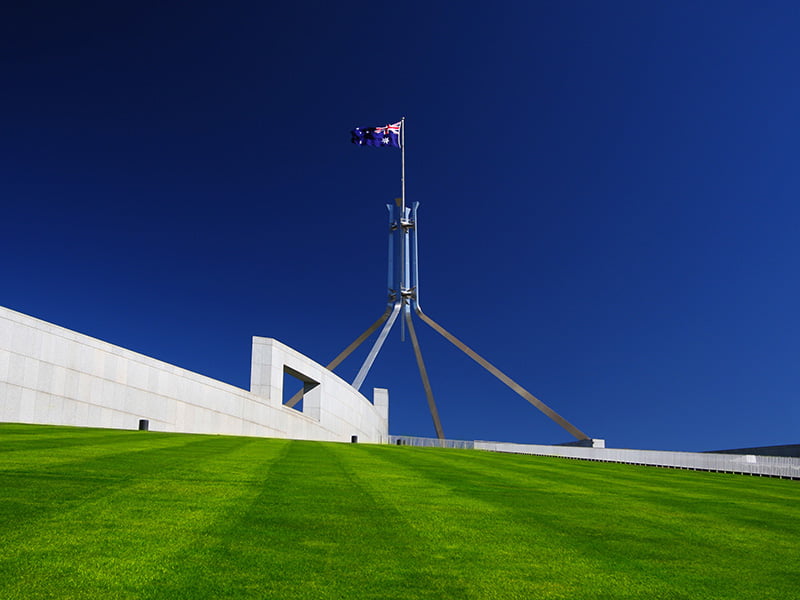The Data and Digital Ministers’ Meeting on Friday has agreed to the first ever national program of work on data sharing between jurisdictions and outlined the initial priority areas that will inform the creation of the Australian Data Network.
The creation of the National Data Sharing Work Program follows the signing by the National Cabinet in July of the intergovernmental Agreement on Data Sharing.
National Cabinet committed all governments to sharing data with each other jurisdiction as a default position, and outlines a basic framework to enable that to happen.
The agreement between all of the states, territories and the federal government recognises that data is a “shared national asset” and aims to maximise the value of data to delivering policies and services to citizens.

The agreement commits all jurisdictions to share data as a default position “where it can be done securely, safely, lawfully and ethically.”
The first three priority areas for data sharing will be in national hazards and emergency management; waste management; and road safety.
The ministers agreed that future priority data sharing areas could include family, domestic and sexual violence; closing the gap; and veteran’s health.
To underpin data sharing objectives, the minister’s agree to advance on system reforms that includes:
- the creation of an Australian Data Network
- standard operating procedures for data sharing activities
- improving data discoverability through machine readable metadata for data sharing priorities
- introduction of a share-once, use-often model for aggregate de-identified administrative data
The ministers also discussed the opportunities presented by digital birth certificates and will explore how future interoperability to support future citizen engagement with different governments.
The Data and Digital Ministers’ Meeting is a regular and ongoing meeting of state, territory and federal ministers who are responsible for data and digital services under the federal relations architecture that has emerged under the National Cabinet structure.
The meeting evolved from the Australian Digital Council, which was a standing sub-committee Council of Australian Governments (COAG) before it was replaced by the National Cabinet structure.
The New Zealand government holds observer status on the Data and Digital Ministers’ Meeting, but is not a signatory to its communiques.
Do you know more? Contact James Riley via Email.

